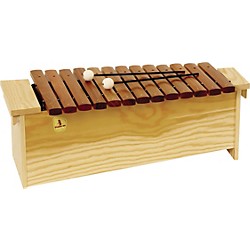Mathematics
in Music
(To the tune of “This Land is Your Land”)
CHORUS:
If you like math, you might like music
If you like music, you might like math
They are related in many ways Z
Music and math are so much fun!
VERSE 1:
In mathematics, you find some patterns
Like you can skip count, counting by twos
2, 4, 6, 8, Z 10,
12 and so on
This is one pattern in math
CHORUS:
If you like math, you might like music
If you like music, you might like math
They are related in many ways
Music and math are so much fun!
VERSE 2:
Also in music, you look for patterns
An example is rhythm patterns
Each phrase is different
Or it is the same
That’s how the song takes its form.
CHORUS:
If you like math, you might like music
If you like music, you might like math
They are related in many ways
Music and math are so much fun!
VERSE 3:
Here’s an example of abab
The first phrase is ta ta ti-ti ta
The next phrase is ti-ti ta ta Z
Then ta ta ti-ti ta
Ti-ti ta ta Z
CHORUS:
If you like math, you might like music
If you like music, you might like math
They are related in many ways
Music and math are so much fun!
Music and math are so much fun!

